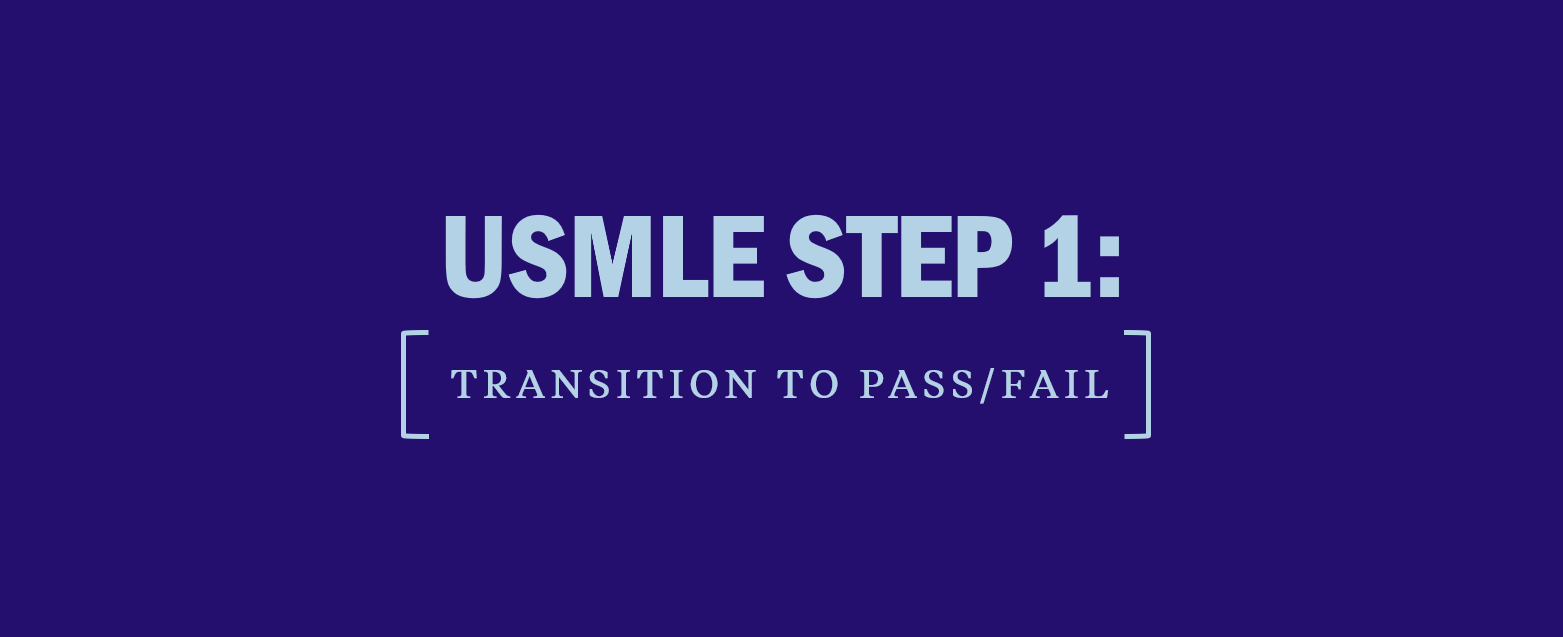Tips for Creating Your Rank Order List
After the all-important residency interviews, it’s time to complete another key piece of the Match Day puzzle: your rank order list (ROL). The ROL is the list of all the residency programs you’re willing to attend, and you’ll want to take a strategic approach when you create your list. Be sure you’re a good fit with the program’s mission and culture and that the program is in an environment where you can thrive.
It’s also important to prioritize the programs on your list and submit a list that’s long enough to make you more likely to match. You’ll enter your ROL in the Registration, Ranking, and Results (R3®) system, which is the web-based software application through which all National Resident Matching Program® (NRMP®) Matches are managed. It performs a number of functions, including updating your personal information and searching for programs you want to rank.
What to consider when creating a rank order list
Clearly, where you train will have a direct impact on the kind of medicine you’ll practice in the future. While this is by no means an exhaustive list of questions to consider when making decisions about determining your rank order, here are a few things to ask when assessing residency programs.
- What’s the overall quality of the program?
- What are the research opportunities?
- What’s their track record with fellowship placement?
- How happy are the residents?
- Could I consider this my future place of employment?
- Am I willing to move to this location?
It’s a good idea to have your Match Day rank order list reviewed by a trusted dean or advisor. Having a second pair of eyes check your list will help make sure it’s accurate, and it’s always best to get a second opinion about whether you should shorten your list. You may find that advisors in a clinical department are more familiar with the quality of programs.
Helpful Hint
Rank residency programs in order of true preference
Newsflash: There’s no secret way to outwit the matching process. A student with a lower number on the program’s rank list can’t take your spot, unless you match to a program higher up on your own list.
It’s worth repeating that you’ll want to rank only those programs where you would be happy to train. Once you put a program on your ROL, it creates a binding commitment if a match occurs. That’s why it’s so critical to carefully review each program’s eligibility requirements and the contract you’ll be expected to sign.
The matching algorithm attempts to place you in the most preferred program possible, so be sure to rank programs in order of your true preference and not just where you think you’ll match.
- Be cautious about ranking discussions with residency program directors. If you get a phone call or email from a residency program director saying you’ll be ranked highly, don’t assume you’ll automatically be matched to that program. In other words, don’t shorten your rank order list because you believe you have a guaranteed spot.
- Be ready to go on a “second look” if a program specifically says it’s important to do so as a way to express your interest. If you do go on a second look, you should only go to one or two programs primarily to help you make your decision.
- Be realistic and think about creating a ROL that includes a mix of competitive and less competitive specialties and programs.
- Be proactive by not waiting until the last minute to enter your ROL in the R3 system. The servers may be overloaded and working slowly.
- Be aware that rank order lists can be created up until the Rank Order List Deadline for a Match.

